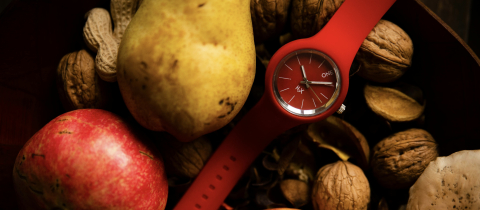In 2001, a Belgian physician experienced two episodes of bitter, metallic taste that lasted for several days and noted that both had occurred after he had eaten pine nuts. He mentioned this to a colleague who was intrigued enough to look into the matter further and learned that six similar cases had been recently reported to the Belgian Poison Control Center. This resulted in the publication of a case report in the European Journal of Emergency Medicine, albeit it was hardly an emergency. As stated in the paper, an analysis of the nuts did not reveal any mould or pesticide contamination. The only common feature was that in all cases the pine nuts had come from China. One scientist at the Poison Control Center found this interesting enough to investigate further and undertook the role of a human guinea pig. He sampled several brands of pine nuts and experienced taste disturbance only with those that were imported from China.
Throughout the next decade, other cases cropped up sporadically and then in 2011, French researchers reported over 3000 cases of “dysgeusia”, or distortion of taste, following consumption of pine nuts. In most cases the nuts were of the Pinus armandii species and were of Chinese origin. Then in a small Danish trial, six volunteers consumed six to eight pine nuts of this species and all six developed a taste disturbance to some degree, some much more intense than others, starting 1-2 days after ingestion and lasting about five days. A graduate student at Waganingen University in the Netherlands even produced a Master's thesis on the topic in which she reported that volunteers who had consumed Pinus armandii seeds experienced dysgeusia. There was now enough evidence for Europe to stop the import of this species of pine nuts.
Cases also emerged in North America as people who had experienced unexplained taste alterations previously were now alerted to the connection with pine nuts. Some victims even organized a Facebook group, “Damn You Pine Nuts,” where they vented about their experience. In some instances, the bitter taste was accompanied by other symptoms such as headache, nausea and stomach pain. Again, cases were linked to Chinese nuts, whether raw or roasted, fresh or old. Reports of the syndrome have since declined sharply as importers cut back on Chinese pine nuts and the Chinese government actually took steps to stop the export of the culprits.
Pine nuts are not really nuts. They are the seeds of the pine tree and are found inside pine cones. And yes, you can really grow a tree from the seeds but it will be many years before you can taste your own pine nuts. There are over a hundred different varieties of pine trees and only about thirty of these produce seeds that have been deemed edible. Unfortunately, those of Pinus armandii are not among them. Although there are no regulations governing the marketing of pine nuts, judging by the decline of “pine mouth” complaints, it seems that the vast majority of nuts on the market now are not of the suspect variety.
It seems then that we can enjoy our pesto sauce without worry. The term “pesto” traces back to the Italian “pestare,” which means to “crush or pound.” Traditionally a mortar and pestle were used to crush together basil, garlic, some hard cheese, olive oil and of course pine nuts. Pesto is not cheap since harvesting the pine cones is difficult and the seeds have to be pried out from the cones and then hulled. A cone provides about 50 grams of seeds.
Exactly what component of the seeds of Pinus armandii is responsible for pine mouth syndrome has never been identified and may never be. Besides the fats, proteins and starches in the seed, there are numerous compounds in tiny amounts, any of which could potentially be the culprit. Seems like an intriguing research project for an inquisitive PhD student.







